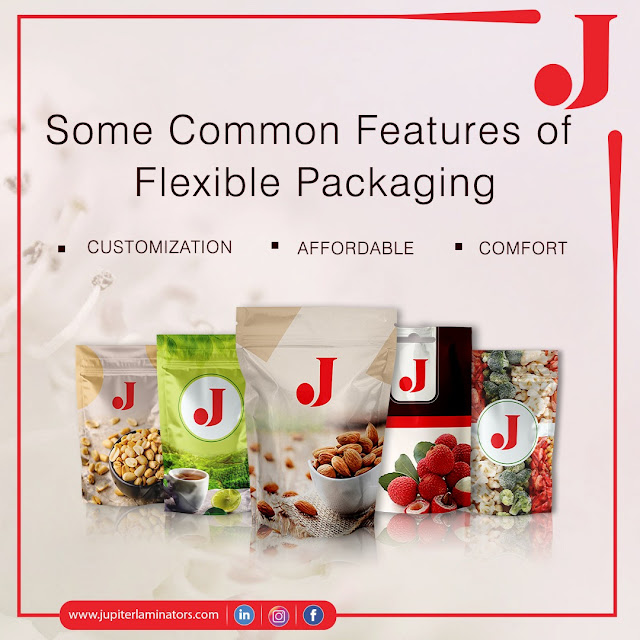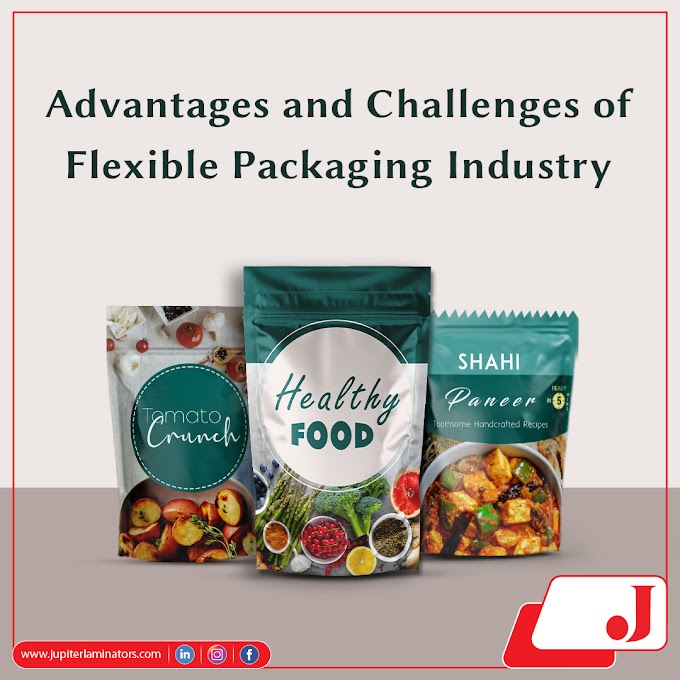The food packaging industry is undergoing a culture shift driven by sustainability considerations, the saturation of the grocery store itself, as well as augmented products being forced to make beautiful, efficient packaging that won't bother shoppers. This has made barrier plate a significant growth in flexible packaging. Flexible packaging includes bags, bags, luggage, and various types of non-rigid packaging. In this article, we will look at some of the main benefits of switching to flexible food packaging.
1) CUSTOMIZATION
A great advantage of flexible packaging is the possibility of individualization, as they can be made to order in different shapes to suit a large number of product types. This customization can be increased with center-print flexo printing machines, as they are ideal for high-volume, high-volume printing on demanding substrates with flexible packaging. This, in turn, makes it easy to produce beautiful, personalized food packaging products with quality labels that are attractive to buyers.
2) AFFORDABLE
There are a number of cost advantages associated with the introduction of flexible packaging. For example, in some cases, less material is needed to form the package. In addition, it is calculable that flexible packaging represents a saving in the house of up to 20 pieces. This can lead to savings in terms of storage space and, at the same time, lower transportation costs, as large quantities of a product can be transported quickly.
3) COMFORT
Finally, flexible packaging also has the advantage of being extremely convenient for the mass of buyers and providing exactly what they need. In fact, business analysis shows that the top five priorities for buyers when it comes to packaging are: it should be:
a) easy to store,
b) reclosable,
c) easy to open,
d) capable of prolonging the useful life of the product, and
e) easy to hold or move.
Flexible packaging is capable of 5 point delivery and can still significantly crush many types of rigid packaging in most of these areas.
In addition to these 3 features of flexible packaging that offer immense benefits, there is another very important advantage of flexible packaging that plays a very important role for the environment and that is sustainability. An increasing number of shoppers are very attached to sustainability and can actively do without food with unsustainable packaging. This is often a space where flexible packaging can go a long way. Based on the analysis and the use of juice containers for comparison, a flexible bag results in lower fuel consumption, carbon dioxide emissions, and less use on the plains than most alternatives, as well as PET bottles, aluminum cans, and glass bottles.
THE LAST WORD
In an age when shoppers are increasingly focusing on convenience and durability, flexible packaging may be the perfect choice for the food industry. Flexographic printing solutions will improve the level of flexible packaging by enabling high-quality printing on the packaging itself. Each of the machines is designed and built to meet the individual needs of each customer.




0 Comments